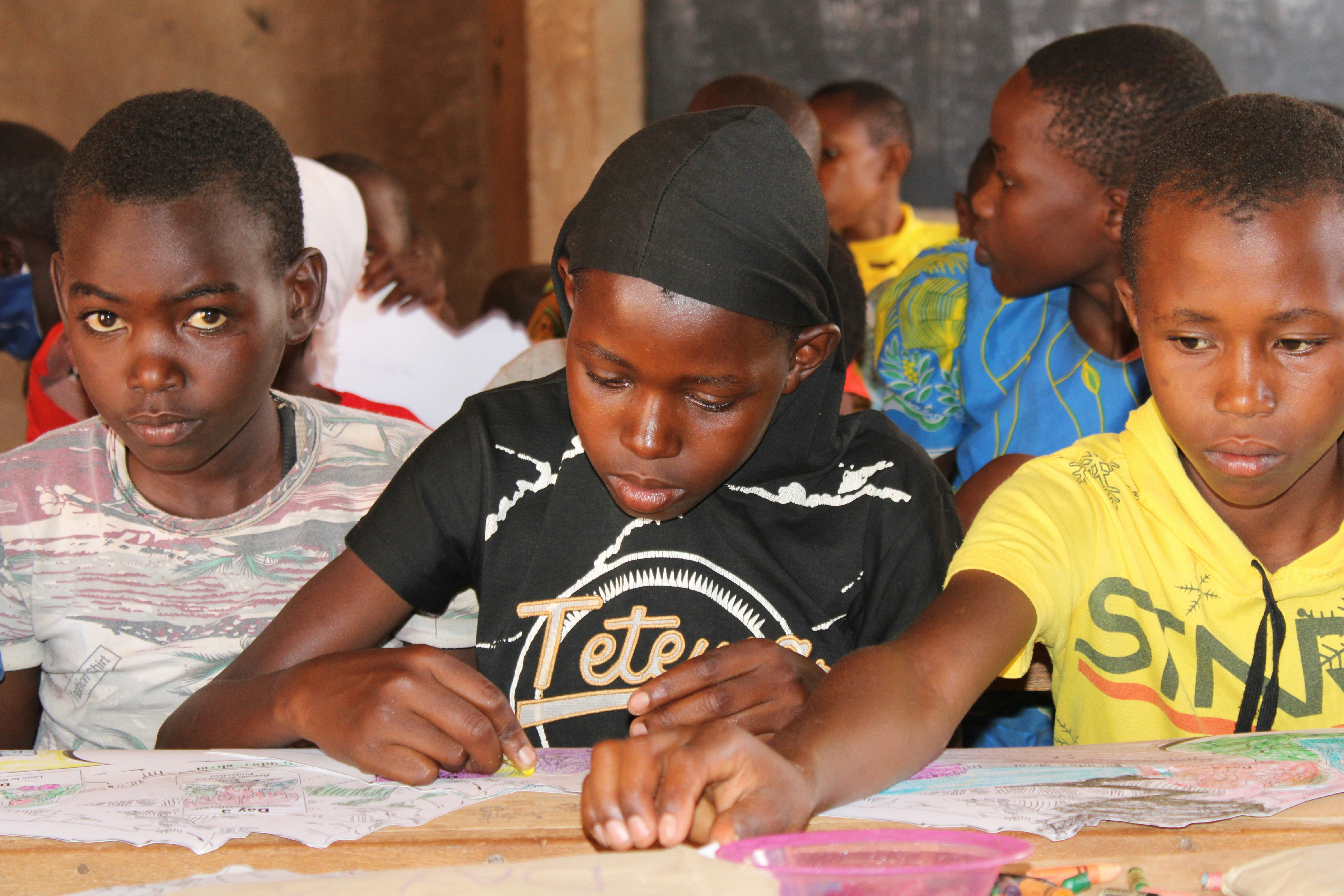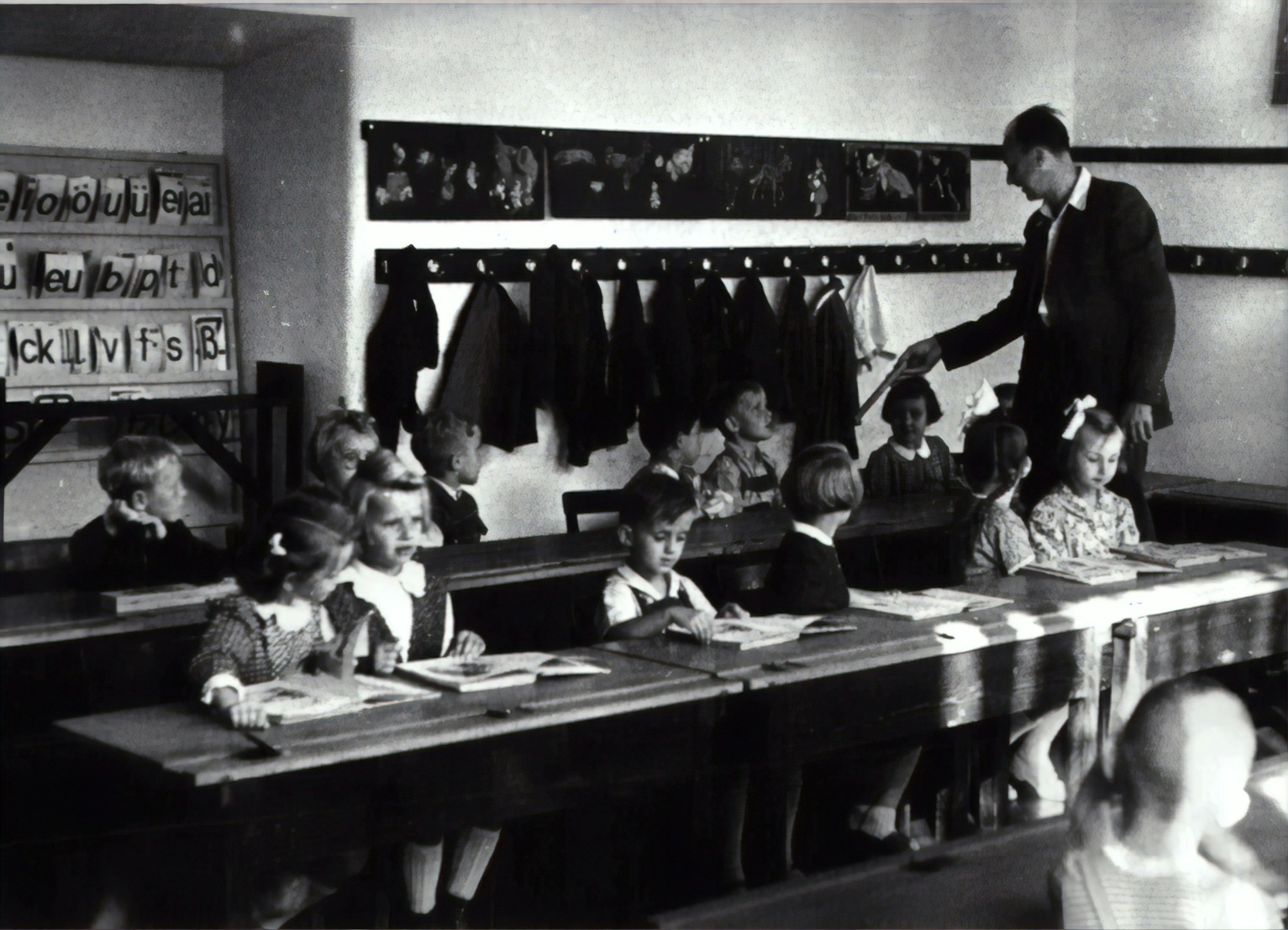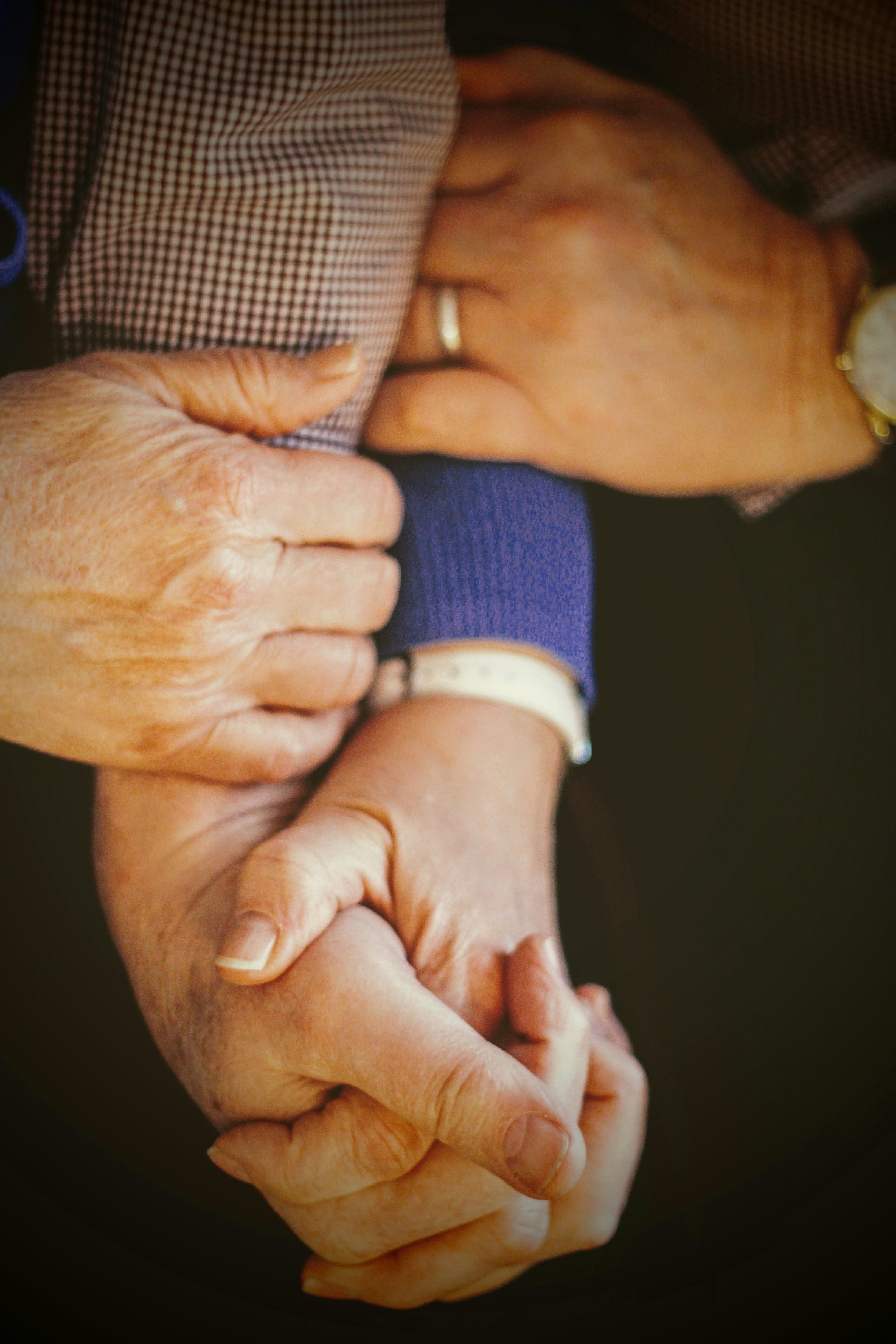The Lunch Table Revolution: How School Cafeterias Shape Social Dynamics
Published on July 22, 2024
The Lunch Table Revolution: How School Cafeterias Shape Social Dynamics

The school cafeteria: a battleground of cliques, a maze of social hierarchies, and surprisingly, a crucible for developing critical social skills. As a former high school teacher, I've witnessed firsthand how the lunch period can be both a source of anxiety and an opportunity for growth for students.
Let's dive into the fascinating world of cafeteria dynamics and explore how this daily ritual shapes our youth:
1. The Power of Inclusion
Remember the heart-wrenching scene in "Mean Girls" where Cady sits alone in a bathroom stall? It's a moment many can relate to. But I've seen students turn this narrative on its head. In one school I taught at, a group of seniors started a "No One Eats Alone" initiative, actively inviting isolated students to their table. The ripple effect was remarkable – it normalized inclusivity and reduced the stigma of reaching out.
2. Cross-Cultural Exchanges
In diverse schools, the lunch table becomes a mini United Nations. I've observed students swapping homemade dumplings for tacos, leading to conversations about family traditions and cultural celebrations. These exchanges foster curiosity and empathy, essential skills in our increasingly globalized world.
3. Conflict Resolution in Real-Time
Disagreements over seats, food sharing, or casual comments can flare up quickly in the cafeteria. However, this environment also provides immediate opportunities to practice conflict resolution. I've seen students navigate these waters with increasing diplomacy as the year progresses, a skill that serves them well beyond the school walls.
4. The Art of Small Talk
For many teens, especially those from different cultural backgrounds, the lunch period is a crash course in casual conversation. It's where they learn to read social cues, practice active listening, and develop the art of keeping a conversation flowing – crucial skills for future personal and professional relationships.
5. Digital Detox and Face-to-Face Interaction
In an era where digital communication reigns supreme, the lunch table remains a bastion of face-to-face interaction. Schools that implement "phone-free" lunch policies often report increased engagement and stronger peer relationships.
Conclusion
The school cafeteria is more than just a place to refuel; it's a vital social laboratory. By recognizing its importance, schools and families can work together to create a more inclusive, empathetic, and communicative environment for our youth.
As we continue to navigate the complex world of teen social dynamics, tools like Thinker can provide valuable support, offering a safe space for reflection and growth outside the bustling cafeteria walls.


